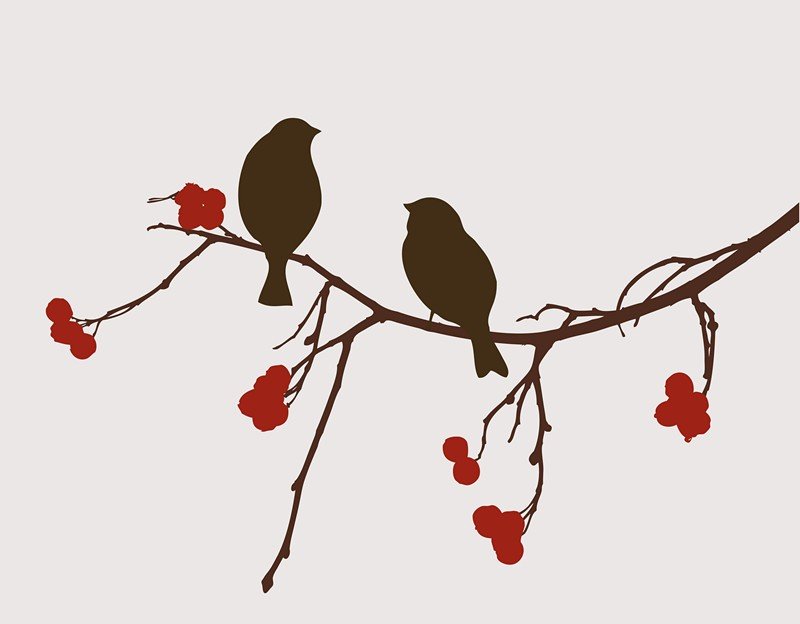Swallow are the most abundant and familiar bird species. They have a glistening blue head and a taint lower body. They dart over field very uniquely. It has a long and deeply forked tail, and its wings are pointed and curved. The male swallow has the shallowly forked tail. The female bird is also similar to the male bird in appearance. The difference lies in its tail streamers which are shorter than of male. The breast band of male swallows is much shorter, and their body structure allows them to have a very efficient and fast flight.
Distribution and Habitat
The swallow birds are mostly found in open fields and marshes. They prepare nests in trees, but they use their nests only for roosting and breeding. In its breeding season, it breeds in Southeast Asia, North America, and Asia. They are also interrelated to human habitation. Many people have their proper barn swallow nest as they consider these birds as a real charm for them. They can even have easy access to artificial nesting or structure near humans. These creatures like to nest in tree cavities. They usually do their nesting in old trees, and that already have cavities. They also lie free in open areas and sometimes prefer treeless areas. They also build mud nests building above the roofs of houses.
Read moreSwallow: Complete Guide & Top 3 Efficient Repellents (4 Ways to Get Rid Of Barn Swallows)










